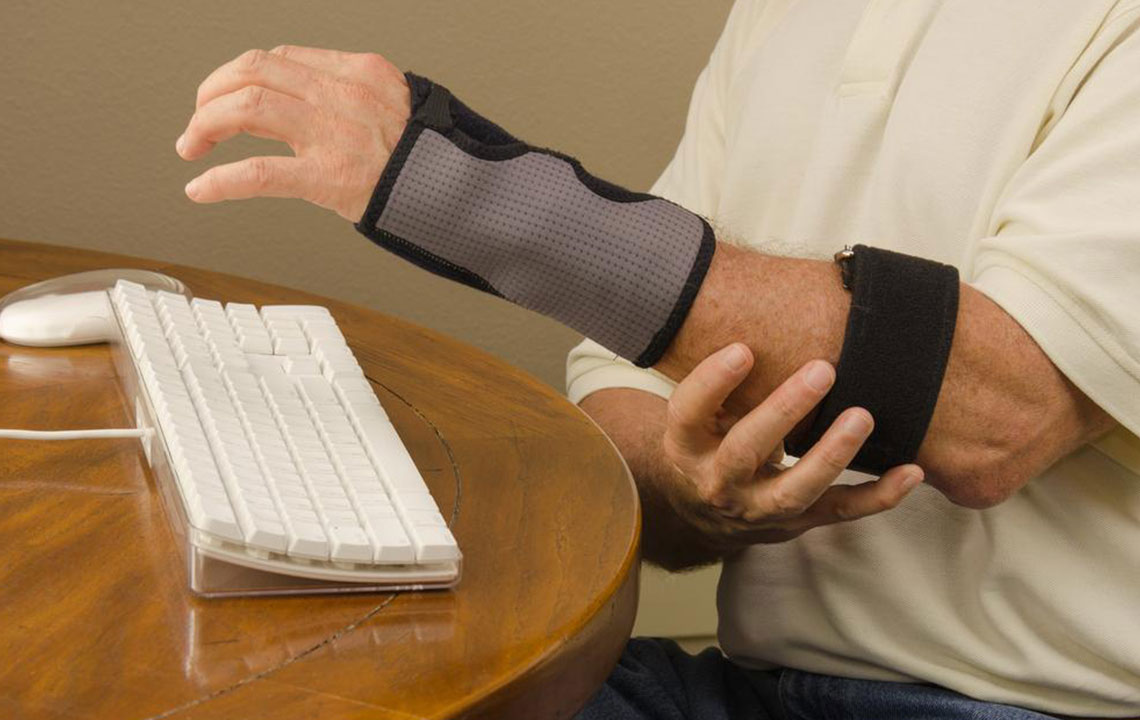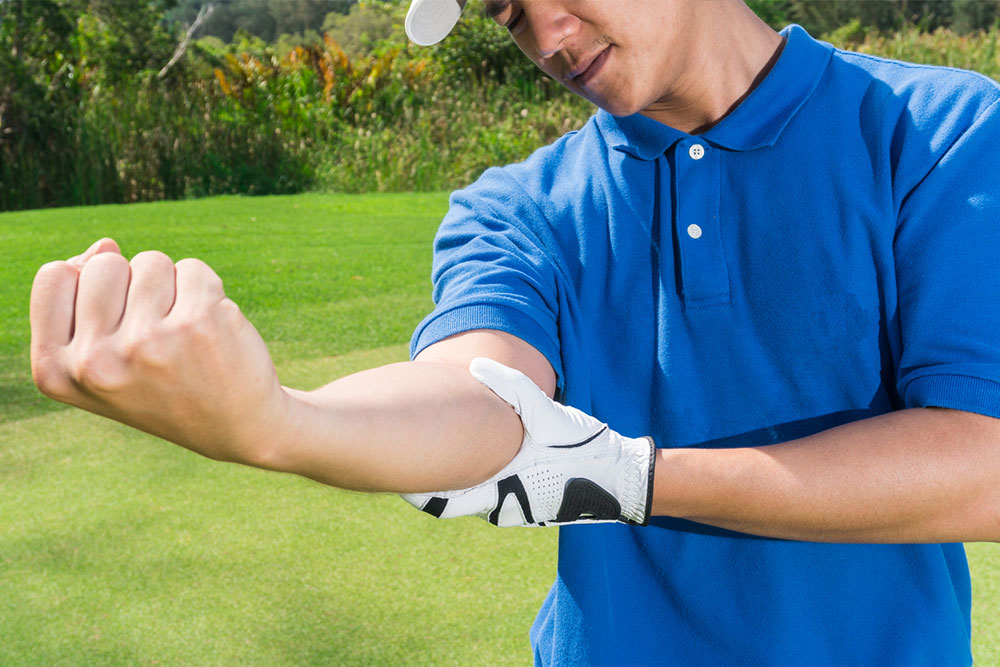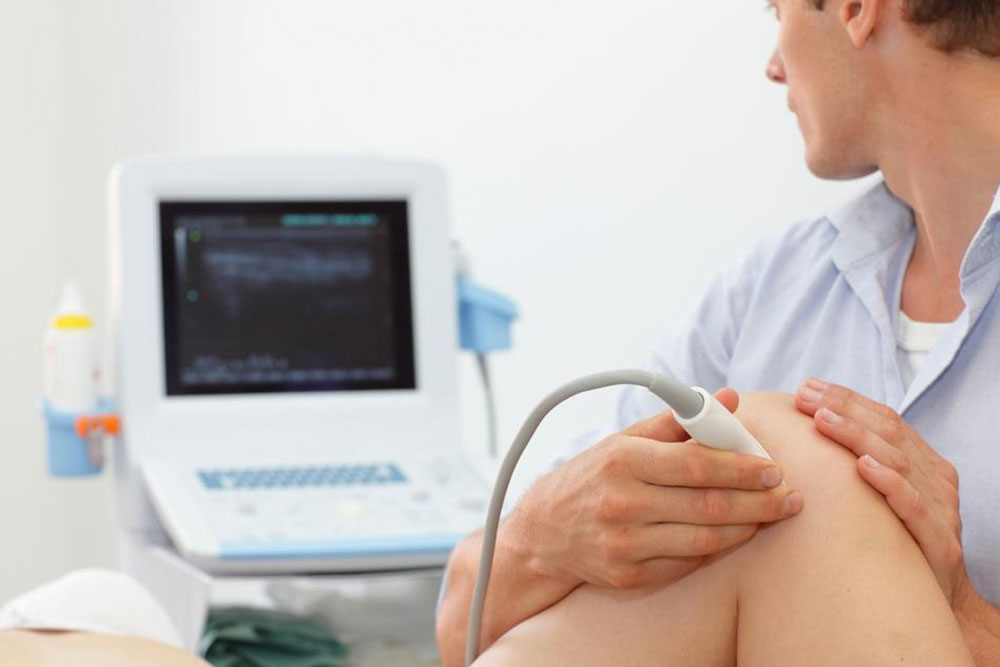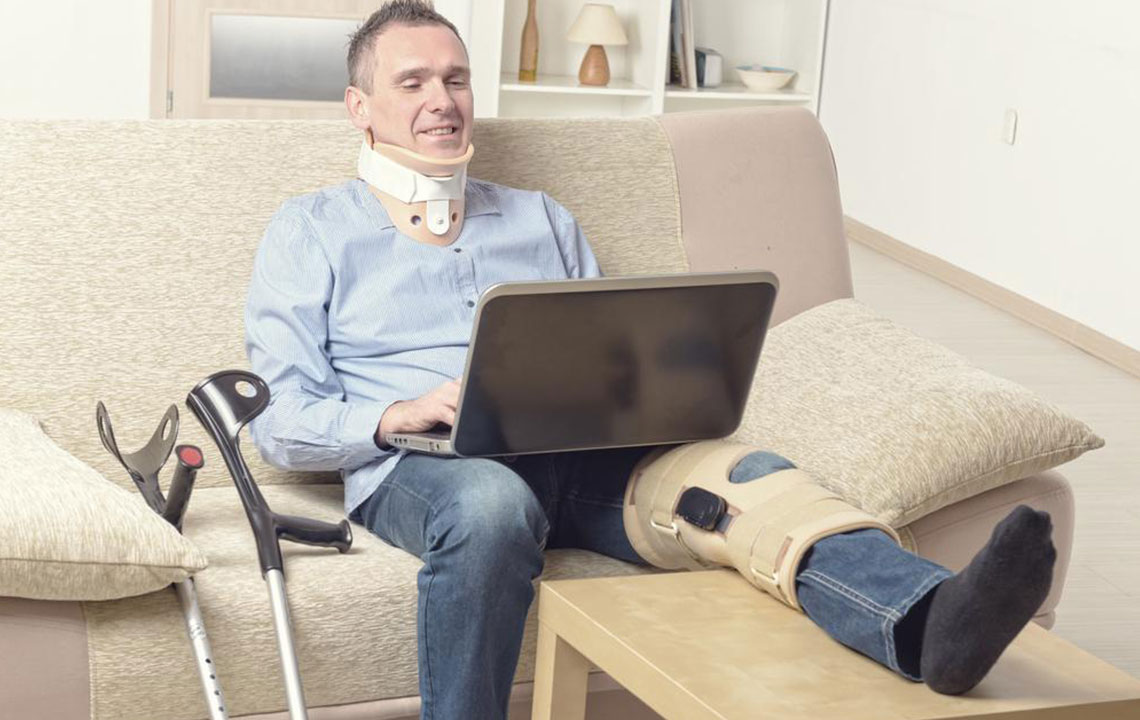Guide to Choosing the Right Tennis Elbow Support: When and How to Use
This article offers a comprehensive guide on selecting the right tennis elbow support, including straps, braces, and sleeves. It explains when and how to wear them, their benefits, and when to seek professional advice. Proper use of these supports can significantly aid recovery, reduce pain, and prevent further injury. Always consult a healthcare provider for personalized recommendations to ensure effective treatment for tennis elbow or lateral epicondylitis.

Guide to Choosing the Right Tennis Elbow Support: When and How to Use
Tennis elbow, known medically as lateral epicondylitis, can be a persistent and frustrating injury. To alleviate symptoms, many opt for a tennis elbow strap or brace. These supports come in various sizes and styles tailored to the severity of your condition. Wearing the correct brace can reduce muscle tension, promote healing, and prevent further injury. Selecting the appropriate support depends on your activity level and the specific needs of your elbow—whether for daily use or athletic performance.
The three main types of tennis elbow braces are:
Epicondylitis Wraps: These require precise fitting for maximum effectiveness and tend to be more costly. Equipped with plastic clasps, they wrap around the arm and apply pressure to a muscle area just below the elbow. They distribute forces away from the injured tendon, helping reduce pain and promote healing. Proper placement is crucial, making them ideal for professional athletes who need accuracy.
Elbow Straps: Versatile and affordable, these straps wrap around the forearm or just below the elbow, often with added padding to target pain points. They apply pressure to shift force away from the injured tendon and improve movement mechanics. Easy to adjust and readily available, they are suitable for various activity levels, though less precise in heat retention and pressure distribution.
Elbow Braces/Sleeves: Providing warmth and general support, these sleeves cover the entire elbow area. They are effective for minor injuries or temporary discomfort, offering comfort and compression. However, some users find them tight or restrictive, so proper fitting is essential.
Correctly wearing your brace is vital. Place the support on the widest part of your forearm and wear during activities that could aggravate your injury. Using a brace can decrease pain, enhance grip strength, and support recovery. If pain persists despite wearing the brace, consider the possibility of a more severe injury, misdiagnosis, or improper usage. Consult a healthcare professional for an accurate diagnosis and appropriate treatment plan. Avoid self-prescribing a brace that might worsen your condition. Professional guidance ensures optimal healing.
In conclusion, selecting the right tennis elbow support depends on your injury's specifics and activity needs. Always seek medical advice before purchasing any brace to ensure it suits your condition and helps your recovery process effectively.










